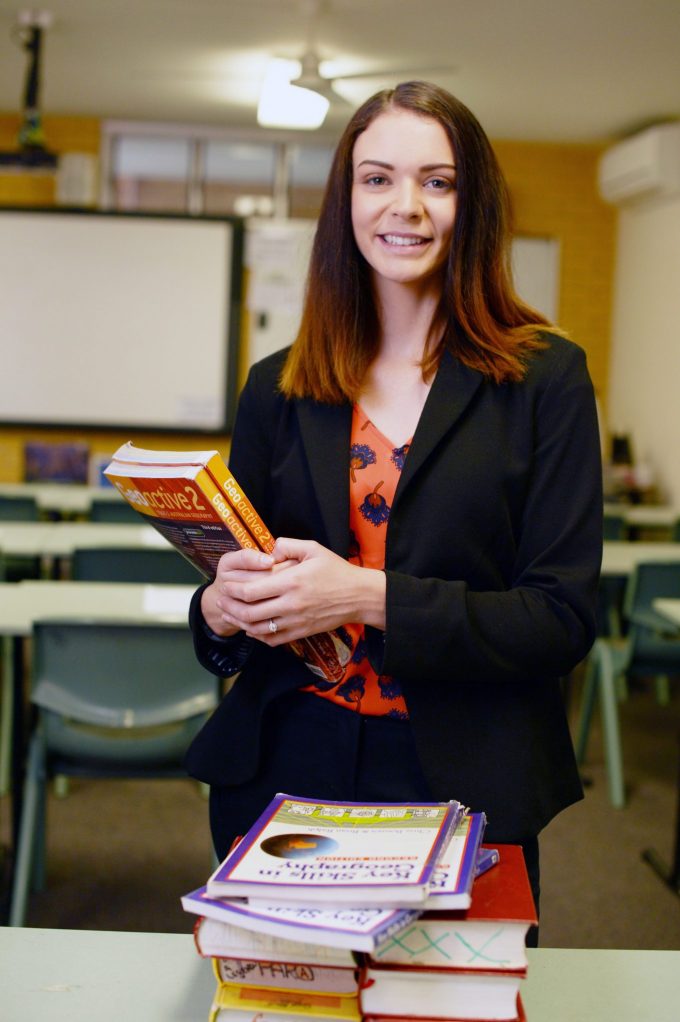Food Allergies: how should educators prepare?
May 22 to 28 is Australian Food Allergy Awareness Week, and 1 in 5 children with food allergies will have a reaction while at school.

While there are over 170 foods known to cause allergic reactions, the big eight which cause the vast majority of serious reactions (and reads like many people’s weekly shopping list) – are cow’s milk, eggs, tree nuts, peanuts, fish, shellfish, soybeans and wheat.
Many children eventually grow out of their allergies to milk, eggs, wheat and soy, but as a result, there are a greater proportion of children with serious allergies than adults. It is important to remember not all children will be aware they have an allergy.
Food allergies in children
In Australia, research suggests that greater than 1 in 10 children have a food allergy]1].
According to the Centres for Disease Control and Prevention, 1 in 5 children with food allergies will have a reaction while at school and 1 in 4 students who experience a severe or life-threatening reaction while at school will have had no previous known allergy [2].
While peanuts, tree nuts, shellfish, milk and egg are the most common foods to cause anaphylaxis, it is important to remember that any food – including fruit – can cause an allergic reaction [3].
Food intolerances are different to allergies, but can still make children very unwell.
What are the symptoms of an allergic reaction?
Mild symptoms can appear up to two hours after consuming the food and include:
– skin reactions and redness
– swollen lips and face
– complaints of tingling, heaviness, tightness or itching in the mouth
– blocked nose
– stomach pain, vomiting or diarrhoea.
Severe symptoms usually happen immediately and include:
– difficulty breathing
– difficulty talking
– cough or wheeze
– dizziness or fainting
– a constricted throat
– swollen tongue
– mood change or confusion
– paleness and floppiness.
What do educators need to know about food allergies?
In a class of thirty children, on average, three children will be affected by food allergies. Children spend upwards of thirty hours each week at school and consume at least ten small meals during that time.
Children with known allergies will have detailed management plans that are provided to the school. They will have been educated at home about the need to avoid certain foods and not sharing food with other students, but the rest of the class may not have received the same message.
Educators can be prepared by:
– familiarising themselves every year with common food allergens and the signs and symptoms of an allergic reaction
– being aware of children with a known allergy and their treatment plan, including how to use an epinephrine auto-injector pen
– attend any school-based training and ensure First Aid training is up to date
– talking to all students about food allergies and the importance of keeping each other safe and included
– ensuring adequate handover to other educators and relief staff
– if a child has medication or an epinephrine auto-injector pen, know exactly where it is at all times (especially on excursions and when the student is out of class). Ensure the student knows as well
– ensuring children (especially younger children) do not share food at recess and lunch
– encouraging children to wash their hands before and after eating
– reading all labels on food items brought into the classroom. Also be aware that some craft products can sometimes contain allergens such as wheat
– if special cooking or food classes are scheduled, inform all parents in advance and follow effective cleaning and sanitising practices
– using non-foods for celebrations and incentives
– if your school allows students to bring in cakes or cupcakes to celebrate their birthdays, for children with food allergies, speak with their parents about having an alternative snack (preferably pre-wrapped and with a long shelf-life) that they can keep in the classroom to enjoy instead.
References
2 Managing Food Allergies in Schools: The Role of School Teachers and Paraeducators (cdc.gov)
3 Food Allergy – Australasian Society of Clinical Immunology and Allergy (ASCIA)







